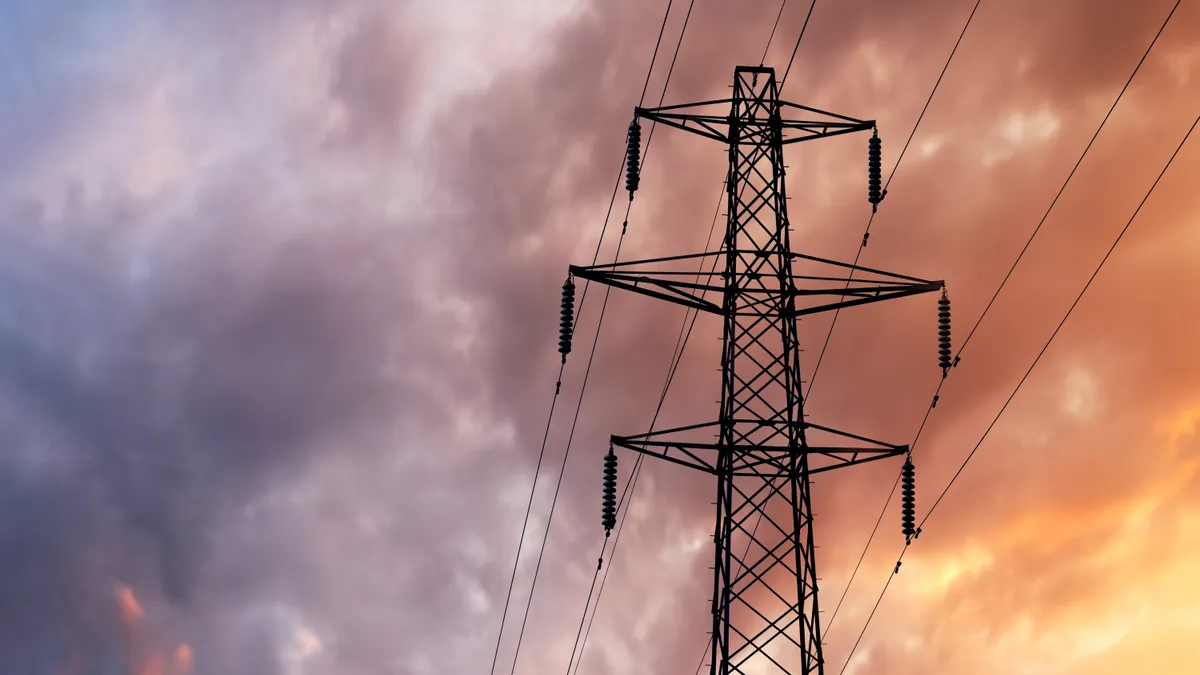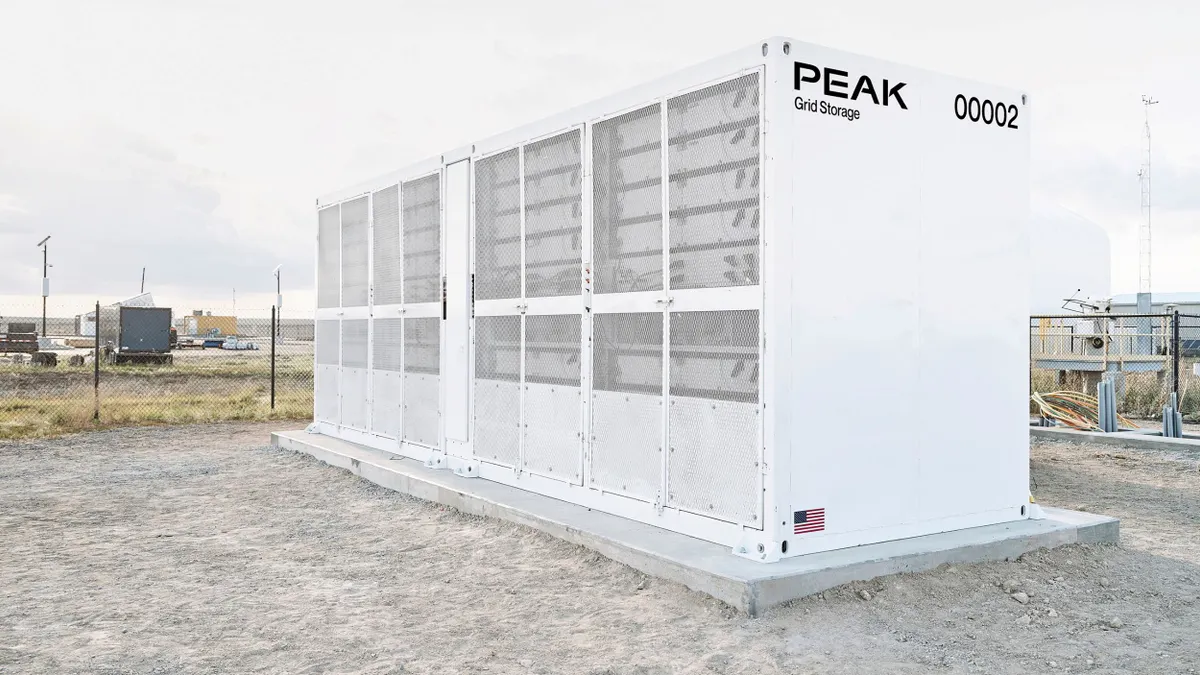The extreme weather landscape is changing, and utility operations and incident commanders are seeking new solutions to adjust to the volatile landscape. Case in point is last year’s hurricane season, which, despite an average hurricane season, saw the third-highest number of billion-dollar U.S. disasters since 1980, according to the National Oceanic and Atmospheric Administration. There were 18 separate billion-dollar weather events, including Hurricane Ian, the third most costly storm in U.S. history. These weather events indicate rising global-average temperatures contributing to widespread changes in weather patterns and leading to more frequent and extreme weather events like heat waves and large storms.
While most attention around storm-related power outages is around the short-term impact, power outages also have immediate and long-term effects. In addition to the costs of restoration crews and lost power for customers, utilities may face regulatory fines and reputational crises, especially if the outage lasts several days. Preplanning and positioning response crews is critical to reducing outage duration during significant storms. The challenge is determining how many outages may happen in specific service areas based on the storm's severity and level of response several days before it hits. Finding the right tools and forecasting technology to inform decisions for the most efficient response efforts is key to minimizing power outages' financial impact.
Financial Impact
In addition to having the most up-to-date weather forecasts for extreme weather events, several other factors must also be considered when allocating resources, mainly when used to preposition crews or right-size responses. This decision-making can be even more complicated when multiple states may be affected, and requests for mutual assistance may be initiated days ahead of the storm as a proactive measure. The financial impact can be sizable, and it has been reported by some utilities that even during mid-sized outage events, spending can reach $20M, and annual costs for larger investor-owned utilities could be more than $200M. With the average duration of outages experienced by a customer increasing by 11% annually in the US, managing outages is a growing priority for utilities.
Regulation
The financial impact isn’t the only contributing factor leading to more interest in outage prediction and management. In addition to a growing number of state regulators enacting fines against utilities for extended outages, performance-based regulation is gaining traction in the United States. Performance-based regulation compensates utilities for performance rather than service cost, with a top focus on reliability, emissions reductions, and cost control. Real-time insights combined with industry risks provide the insights that a utility needs to decide when and where to position crews or ask for mutual assistance.
Reputation
At the end of the day, it’s all about the customer. Utility customers are looking for accurate, reliable information from their providers, especially during extreme storms. When power restoration takes longer than expected, customers may become vocal about dissatisfaction, including amplifying their complaints on social media. But for utilities that use advanced technology to help with severe weather prediction and response, they report a 39% improved customer satisfaction according to a T&D study commissioned by DTN. While using insights helps with efficient outage management, these insights could be shared with customers too. In the age of instant information, today’s customers want updated reports on the current situation, what actions are being deployed, and how long to expect the power outage to last. One large utility reported being better able to quickly communicate with customers with a high confidence in their outage prediction technology.
As the climate changes, effective management of weather-related risks from hurricanes and other extreme events is becoming more complex. Utilities can make more informed decisions with right-time, utility industry-interpreted weather intelligence that they have not had access to before through products like DTN Storm Risk Analytics. With real-time insights, utilities can confidently anticipate, prepare, respond, and restore service with timely data modeled specifically for critical utility industry planning and response factors.










